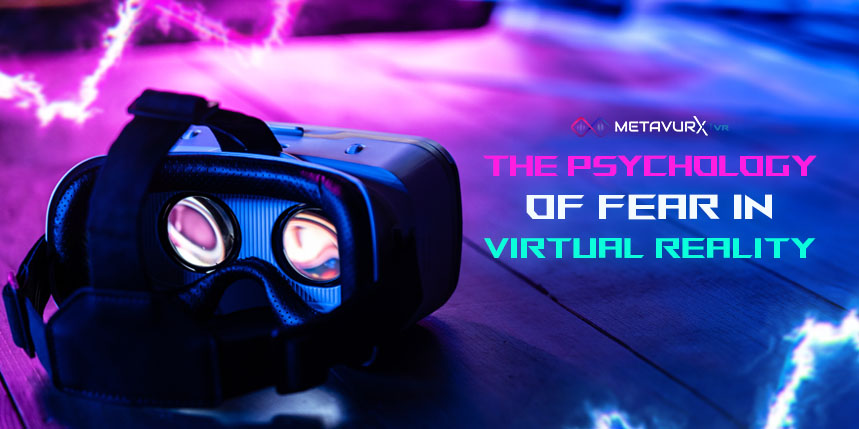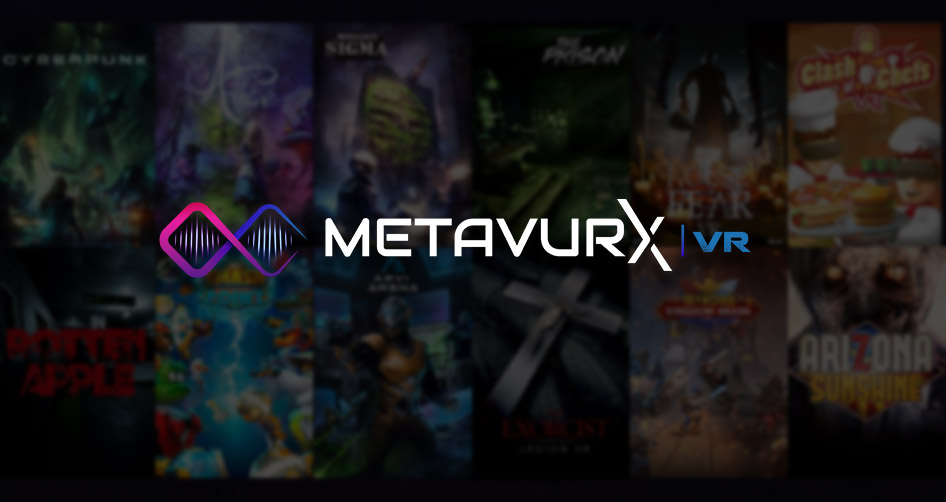In popular culture, there has long been a connection between mental health and horror. The horror genre is also quite popular in both video games and VR games. What role does mental health play in this genre, then? Many VR horror games aim to make players feel stressed, afraid, and anxious. The tight atmosphere, jump shocks, and unsettling images keep gamers on the edge of their seats. Part of the attraction for fans of horror is this exhilaration. Nevertheless, studies indicate that although horror games produce anxiety and arousal in the short term, they have no long-term effects on mental health.
VR Horror Games Advantages
When played responsibly, VR horror games can offer advantages, including happier moods, mental stimulation, and chances to form deep social bonds. Horror games enable emotional processing, aiding mood regulation by evoking strong emotions in their players. Horror games’ captivating narratives and riddles can stimulate the brain. Also, many gamers connect via their love of horror video games, which has positive social effects. According to one study, players who engaged in cooperative horror games felt more competent and in a good mood than those who played competitively alone.
Unlike thriller or action genres, horror uses narrative devices like the supernatural and the inflicting of suffering to shock, frighten, and sometimes even disgust the player. Horror game players may have various physical reactions, including trembling, jumping, hiding their eyes, and feeling scared or repulsed. These impacts may become more noticeable when playing instead of watching horror films.
Game Experience
Players may experience an adrenaline surge and other effects when something in a terrifying game triggers their fight-or-flight reaction. However, when gamers participate in imagination terror, their brains assess their environment and determine that they are not in immediate danger, so they do not bolt from their seats and flee the screen. Horror games are like rollercoasters they can play at home. Players feel various feelings, including stress and anticipation, and then they get an adrenaline surge without being in danger.
This is where sound design and suspense are essential. Horror games prefer to keep them on the edge of their seat; they’re not necessarily about graphic killings and jump scares. The music accompaniment adds to the suspense since pulsating or ominous music can warn us to be on the lookout for impending danger. Our brain may fill in the blanks based on things that terrify us. If the game’s sound design tells us to be terrified, but there aren’t many contextual clues for what to fear.
A portion of the brain activated when watching horror movies is triggered by playing music and noises associated with the genre. This implies that gamers’ imaginations, stimulated by ominous music, do all the work of making us feel afraid; frightening content need not even be there on the screen.
Conclusion
Horror video games are scarier than horror films, and the fear they instill in gamers triggers their fight-or-flight reaction, which pumps them full of adrenaline. VR Horror games can be a terrific method for players to keep entertained and involved because they securely induce an ebbing and flowing pulse rate. Players terrified by a horror game get great relief when they escape or defeat the threat. Dopamine provides this comfort by causing their muscles to relax.
Check out Metavurx VR’s Horror Cage library and enjoy the thrill of the game or be frightened before you even finish the game!





